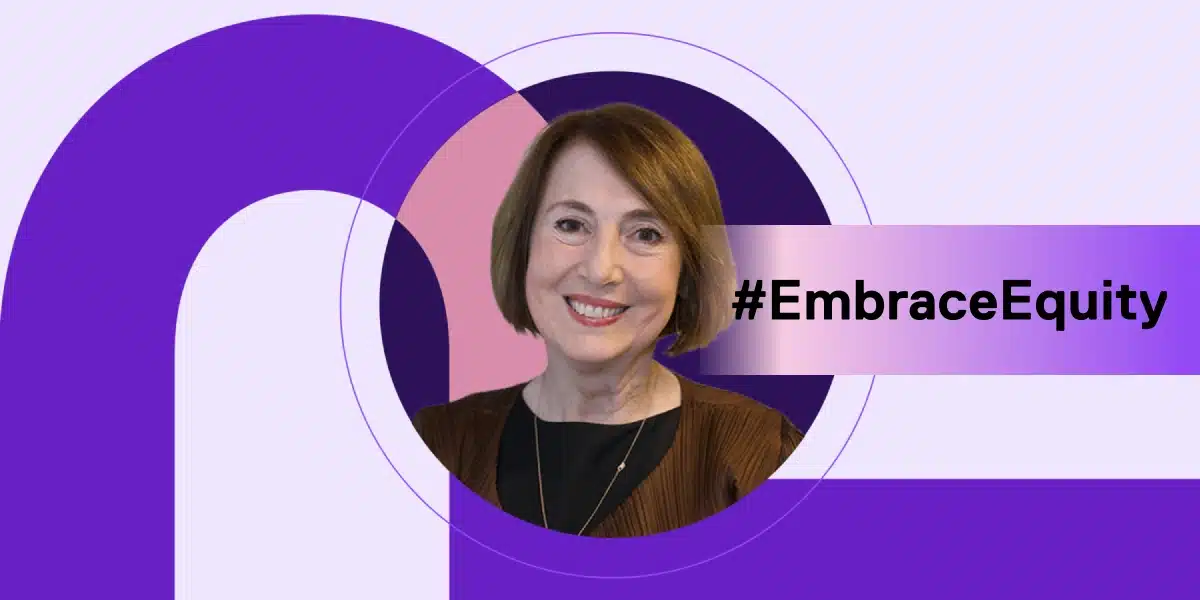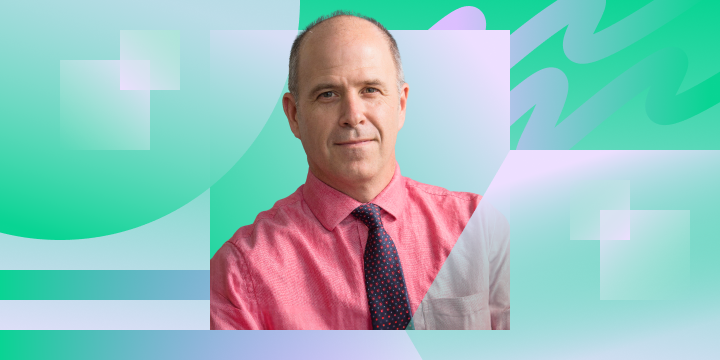Curiosity is the fuel for discovery and learning. It creates the space to explore different perspectives, develop empathy for others and a deeper appreciation of what we ourselves have yet to learn. At our first virtual Top Hat Engage conference, faculty worldwide were prompted to awaken curiosity in their own classrooms through innovative pedagogies.
Dr. Cathy Davidson, Distinguished Professor of English and the Founding Director of the Future Initiative at the Graduate Center at the City University of New York (CUNY), offered an infrastructure for curiosity—one that acknowledges the unique circumstances of a vastly diverse student population.
Below, we share Davidson’s key takeaways for educators and administrators looking to improve student outcomes today.
→ Webinar on Demand: Dr. Chris Emdin on Supporting Diverse Students
1. Keeping our students curious
Today’s student body has never been more diverse. Forty (40) percent work over 30 hours a week. Twenty-four (24) percent are from a low-income background. Forty-five (45) percent identify as people of color.1 If we want to retain today’s learners, a more equitable and engaging approach to course delivery is a must.
For starters, Davidson advocates for more experiential, hands-on learning opportunities that give students the space to explore on their own. “We don’t learn best through lectures. We learn best through trial and error and lectures,” she says.
Teaching has always been a two-way process. Piquing curiosity in the classroom means giving students frequent opportunities to show what they know. Davidson shares two pedagogical approaches to help you gauge subject mastery.
- Inventory methods: Take a pulse on student comprehension and preconceived attitudes and beliefs before your class begins. Davidson uses an entry ticket here, asking for students to note their responses to a question relevant to the day’s lesson. An example: “Based on the readings for class today, what is your understanding of X?”
- Total participation: Engage every student at once with techniques that promote participation and higher-order thinking. Davidson uses activities like think-pair-share and collaborative note-taking exercises to actively involve students in their learning.
2. Keeping ourselves curious
Just because you’re an educator doesn’t mean you’re responsible for imparting knowledge to students during every class. Let students direct their own learning—otherwise known as the ‘open syllabi’ model. “I leave a portion of my syllabus blank and leave students to program those two weeks on their own. I guarantee that they’ll have a memorable learning experience during that time,” she shares. As a plus, students are given more opportunity to ask “why” and to explore answers to course concepts in a more dynamic way.
Small tweaks to your class can help you promote what Davidson calls “curious course design.” This philosophy involves engaging every student and ensuring that their interests and learning gaps are adequately addressed. Davidson recommends using collaborative lesson plans and real-time course design to guide you. She shares one simple way she’s fostered a sense of peer-peer teaching in her course. “Students take what they’ve learned in my graduate class and teach that in their undergraduate class and collaboratively work on lesson plans together.”
3. Keeping our institutions accountable for curiosity
Institutional structures are deeply flawed and no longer provide the necessary support for educators and students. Using research, teaching and service as guideposts, Davidson outlines how institutions today must rethink the value of all three pillars. “Research is so dominant that it’s hard to get tenured or promoted without it. Teaching is hardly visible in our rewards system—teaching evaluations, for example, are biased—yet they’re used so widely,” she says.
Looking ahead, institutions might swap ‘service’ for ‘institutional leadership’ or ‘responsibility.’ Instead of a narrow funnel where research efforts reap the most rewards (tenure and promotions), Davidson argues that equal weight should be given to research, teaching, public impact and institutional leadership. Plus, she recommends colleges broaden their definition of research to encompass efforts that would otherwise go unnoticed—such as faculty presentations.
Davidson ended her keynote on a powerful message for administrators at colleges. “Unless faculty are supported in changing their teaching, how students spark their curiosity and have agency in the classroom isn’t going to change,” she says. “Agency isn’t conferred, it’s modeled and shared.”
→ Get Dr. Chris Emdin’s tips on authentic teaching [Webinar on Demand]
References
- Davidson, C. N. & Eversley, S. (2021). Practicing the Equitable, Transformative Pedagogy We Preach. Inside Higher Ed. https://www.insidehighered.com/views/2021/08/16/academe-needs-structural-change-toward-more-equitable-pedagogy-opinion


